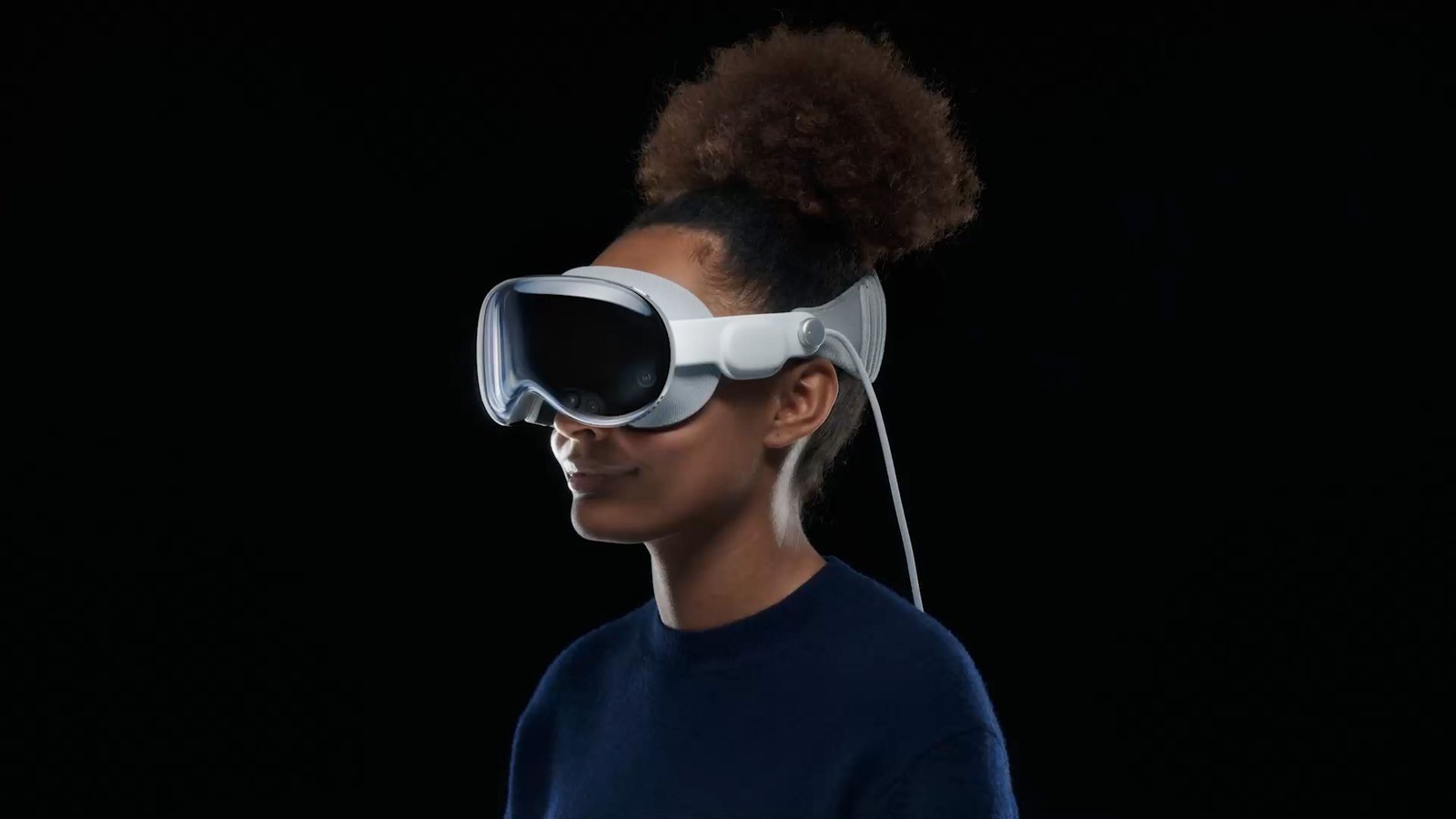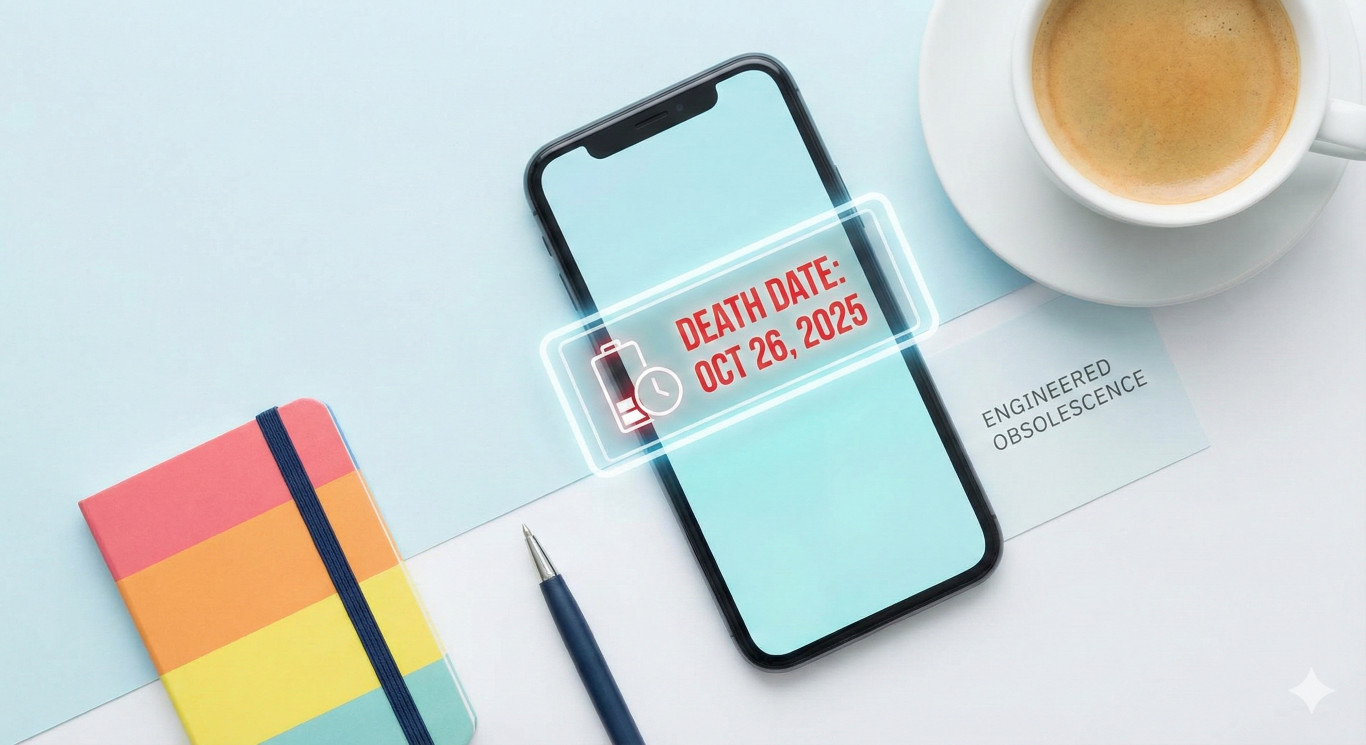Key Takeaways
- The Apple Vision Pro is a head-mounted device that introduces spatial computing, featuring a 3D camera system, high-resolution 3D display with Micro-OLED technology, and a new way to navigate using eyes, hands, and voice.
- The device has robust technical specifications and supports a wide range of apps and input accessories. It also emphasizes privacy and security with features like the Optic ID authentication system.
- The Apple Vision Pro, priced at $3499, represents Apple’s venture into a new realm of immersive digital experiences, combining advanced technology with a compact design.
What is Apple Vision Pro?
The Apple Vision Pro is Apple’s pioneering product in the field of spatial computing. This cutting-edge device offers a 3D camera system for capturing spatial pictures and videos and gives users a unique blend of digital content and physical world experience. The head-mounted device is navigated using eyes, hands, and voice, eliminating the need for traditional controllers. Equipped with a high-resolution 3D display system and Micro-OLED technology, the device ensures a wide color gamut and multiple refresh rates for smooth video playback.
Technical Specifications
The technical specifications of the device are quite impressive. It includes two high-resolution primary cameras, six world-facing tracking cameras, four eye-tracking cameras, a TrueDepth camera, a LiDAR Scanner, and four inertial measurement units. The device boasts a 10-core GPU, a 16-core Neural Engine, 16GB of unified memory, and storage capacity of up to 1TB. The device supports HDR with Dolby Vision, HDR10, and HLG, and offers up to 2.5 hours of video watching on a single charge.
Compatibility, Accessories, and Pricing
Developers can ensure their apps and games are compatible with the Apple Vision Pro through Apple’s compatibility evaluations. The device supports a wide range of input accessories, including keyboards, trackpads, and game controllers. Starting at $3499, the Apple Vision Pro is available for purchase. For those requiring vision correction, ZEISS Optical Inserts are available to provide precise viewing.
New Apps and Features
Apple has announced that over 600 new apps have been specifically built for the Apple Vision Pro, providing users a variety of spatial experiences, from immersive entertainment to new ways of collaborating and gaming. The device also features spatial audio, eye tracking for intuitive control, and is designed for all-day use when plugged in.
Availability and Security
Currently, the Apple Vision Pro is available in the U.S., with plans of expanding to more countries later in the year. It requires an Apple ID with the region set to the U.S. for App Store purchases and supports U.S. English for language and typing. The device was launched with a strong emphasis on privacy and security, featuring a new secure authentication system called Optic ID.
Additional Information
For more information on the Apple Vision Pro, refer to Apple’s support pages. The device’s compatibility with laptops is limited to M-Series MacBook models. While compatibility with third-party Bluetooth devices is not guaranteed, Apple provides guidance on which devices are known to work with the Vision Pro.
Summary
Summing up, the Apple Vision Pro is a sophisticated spatial computing device. It combines advanced technology in a compact design, providing a novel interaction with digital content and the physical world. As a premium product, it starts at $3499, indicative of its state-of-the-art features and capabilities.
New to These Terms?
Apple Vision Pro: The Apple Vision Pro is Apple’s first spatial computing device. It is a head-mounted device that blends digital content with the physical world, allowing users to interact with digital content in a way that feels like it is physically present in their space. The device features a high-resolution 3D display system and is powered by Apple’s unique dual-chip design. It is designed for all-day use when plugged in and up to two hours of use with its external, high-performance battery. The device is built on a strong foundation of privacy and security, featuring a new secure authentication system called Optic ID.
Spatial Computing: Spatial computing is a technology that enables computers to blend in with the physical world in a natural way. It brings together the virtual and physical worlds in a seamless way, allowing for realistic and natural interactions with virtual objects. Spatial computing can be experienced through headsets like the Apple Vision Pro, which display the real world and, at the same time, embed real objects into the scene in a way that appears three-dimensional.
3D Camera System: A 3D camera system is able to not only see its environment but calculate where an object is located, as well as its orientation. These systems are typically comprised of multiple cameras or one or more laser displacement sensors. In the context of the Apple Vision Pro, the 3D camera system allows users to capture spatial photos and videos.
Head-Mounted Device: A head-mounted device is a wearable device that is worn on the head. In the case of the Apple Vision Pro, it is a device that users wear on their heads to experience spatial computing.
3D Display System: A 3D display system is a display technology that provides a three-dimensional visualization of digital content. The Apple Vision Pro features an ultra-high-resolution 3D display system.
Micro-OLED Technology: Micro-OLED technology is a type of display technology that is used in near-eye displays. It provides optimal picture resolution, image brightness, and power consumption efficiency.
TrueDepth Camera: The TrueDepth camera is a camera technology developed by Apple. It uses infrared technology to map the geometry of your face for features like Face ID, Animoji, and other face-mapping technologies. In the context of the Apple Vision Pro, it is one of the many cameras included in the device.
LiDAR Scanner: A LiDAR scanner is a device that uses light in the form of a pulsed laser to measure distances. It can be used to create high-resolution digital 3D representations of the target. In the context of the Apple Vision Pro, it is one of the many sensors included in the device.
Neural Engine: The Neural Engine is a component of Apple’s A-series and M-series chips. It is designed to accelerate machine learning tasks on these devices. In the context of the Apple Vision Pro, it is part of the device’s technical specifications.
HDR, Dolby Vision, HDR10, and HLG: HDR (High Dynamic Range), Dolby Vision, HDR10, and HLG (Hybrid Log-Gamma) are all technologies related to the display of video content. They enhance the color and contrast of video content, making it more vibrant and lifelike. The Apple Vision Pro supports all these technologies.
ZEISS Optical Inserts: ZEISS Optical Inserts are prescription glass inserts designed for the Apple Vision Pro. They are intended for users who require vision correction.
Spatial Audio: Spatial audio is a sound technology that creates an immersive audio experience by making it seem as if the sound is coming from all around you. The Apple Vision Pro features spatial audio.
Optic ID: Optic ID is a new secure authentication system featured in the Apple Vision Pro. It analyzes a user’s iris under various invisible LED light exposures, and then compares it to the enrolled Optic ID data that is protected by the Secure Enclave to instantly unlock the device.
M-Series MacBook: M-Series MacBook refers to MacBook models that are powered by Apple’s M-series chips. The Apple Vision Pro is compatible with these models.
Image Credit: apple.com





